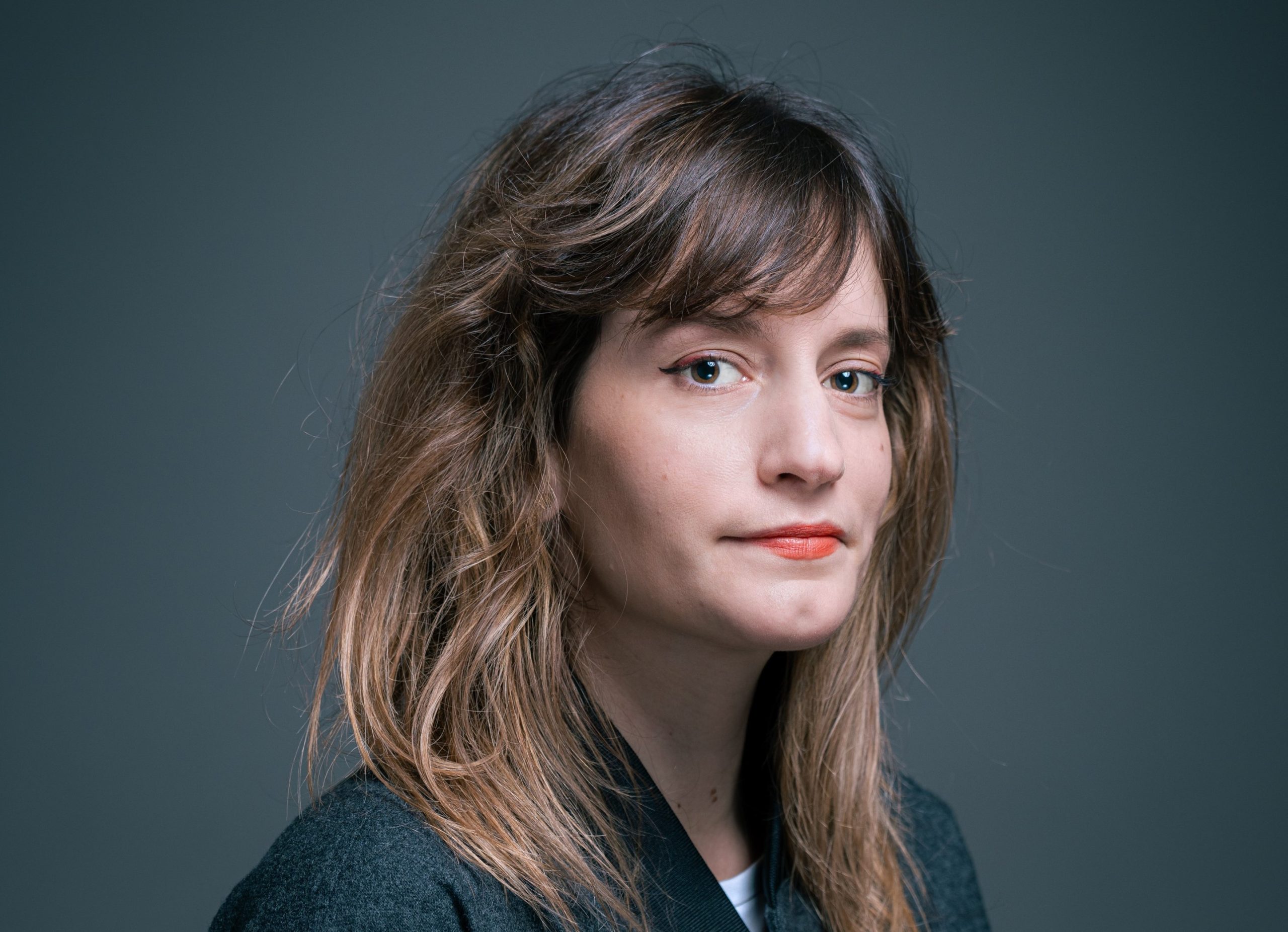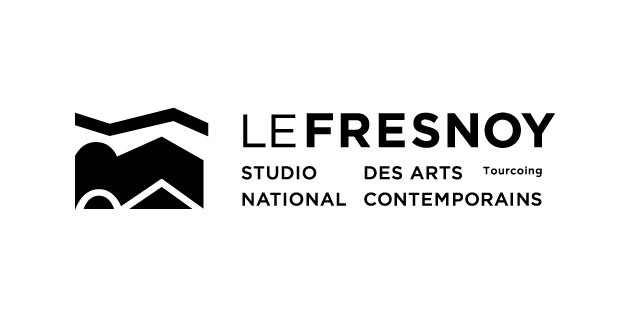Justine Emard
Visual Artist
Fall 2025

- New Media
- Boston
“An immersive phantasia: exploring neuro-AI-driven realities from consciousness to dreams .”
For several years, my research has explored the depths of plasticity in human and non-human brains. I approached the world of neuronal interactions, artificial neural networks, sleep recordings and experiments in space. Visitors became passengers of my installations, into the heart of the experience (“Neurosynchronia”, “Live Dream”). From the conscious to the unconscious, from the accessible to the inaccessible, different stages intermingle in my practice. Based on encephalographic recordings of my sleep, I designed a protocol to create “Dreamprints”, sculptures printed out of my dreams.
In 2021, during a residence at the CNES (National Center for Space Studies), I created with datas from a space mission to record the sleep of astronauts. With the access of encephalographic data recorded over several nights in the ISS, I created a series of twenty three sculptures dreamt in space. The vertigo from the depth of brain recoding at the level of 400 km above us brought me to experiment with immersion displays. After these experiences for the creation of my works, I would like to explore a deeper inner layer of the brain by approaching scientific methodologies involving electroencephalography, MRI scans and machine learning. The idea is to develop a project in relation to brain interfaces, which could involve physical objects reactions and generative images.
I imagine the residency at the Villa Albertine as a catalyst for my research on deep brain imaging. The experiences along my journey will enable me to explore various forms of mental images and further my investigations into the depths of the brain.
Justine Emard is a visual artist. She lives and works in Paris.
Her artworks explore the new relationships that are being established between our existences and technologies. By combining different image medias – from photography to video and virtual reality – she situates her work at the intersection between neurosciences, objects, organic life and artificial intelligence.
Her artworks are part of several international and national collections.
In 2021-22 and 2023-24 she is artist-professor invited at Le Fresnoy, Studio national des arts contemporains, in France. Justine Emard is artistic director of the French Pavilion’s permanent exhibition at the next World Expo in Osaka in 2025.
★ Brain : the ultimate immersion : neuro-generating images and objects★
The project “Phainomenon: Immersive Phantasia” is a research on the possibilities to neuro-generate images directly from the signal of the brain and develop an immersive environment with tangible objects interaction. The research will oscillate between neurosciences, generative AI systems and immersive displays.
Our brain is everyday emulating images, by rearranging memories and imaginations at the heart of our dreams. Would it be possible to create a total immersive environment like dreams, from the input of our brains? What could happen in front of our eyes, if we could generate tangible images by our thoughts?
The core of the work is to find a path between real objects, the force of imagination and its mental representation. Those connections will put down roots for the base material related to the creation of new artworks.
The idea of this project is a research into the activation and control of tangible objects by the focus of attention or imagination of the viewers and bring the audience to experience a total image into the realms of imagination.
I imagine this research to create a collective experience where brains will be the interfaces between the audience and the artworks.
* “Phainomenon” is a word evoking by its latine roots the light (« phỗs » in greek) and “phaino” bring to light, expose what was hidden. The origin of the word phenomenon brings back the idea of being here, appearing by the light.
★ Dreams, memories and imagination as cognitive dimensions ★
Dreams are a reversed aspect of our day-to-day lives, inventing emotional mechanisms around our individual or collective considerations. Dreams generate emotions and situations that are simulated in the depths of our subconscious during the night, like a virtual reality. I am convinced that replaying and thwarting reality, the depths of our imagination give us access to another form of knowledge about ourselves and the world.
Why USA? because regarding machine learning, artificial intelligence and quantum computing : they are at the core of the research for many laboratories in the USA. Laboratories have a huge experience in computation connected to neurosciences. For this research, I would like to be at the core of technologies and sciences university where I could create connections between the different aspects of my researches.
Within the field of neuroscience, the Massachusetts Institute of Technology (MIT, in Boston) is one of the world leaders of research in technology. They have initiated projects centered around brain imagery and artificial intelligence. The concept of artificial phantasia represents the next frontier in human creation, and I am eager to explore recent discoveries to delve deeper into this practice.
MIT has a huge experience on working with brain interfaces with the sleeping and awake minds. Their systems of brain interfaces are at the cutting edge of new advances. Into different labs and research directions, their process design is allowing people to connect to machines or other dimensions of consciousness, in the sleep for example and influence it, until the content of their dreams.
In partnership with
Manifesto Immersive

Massachusetts Institute of Technology (MIT)

MIT Media Lab – Fluid Interfaces

Le Fresnoy



